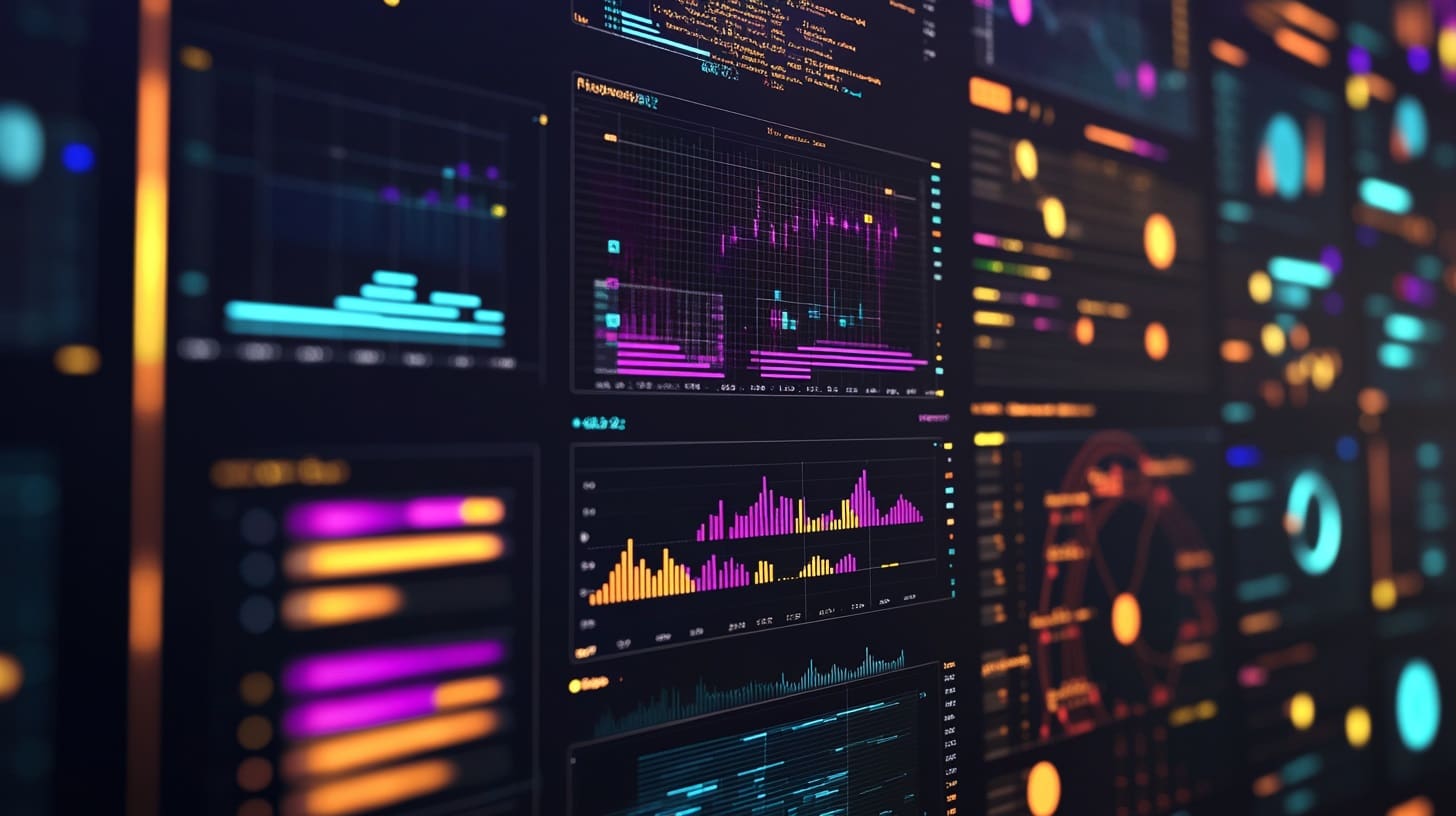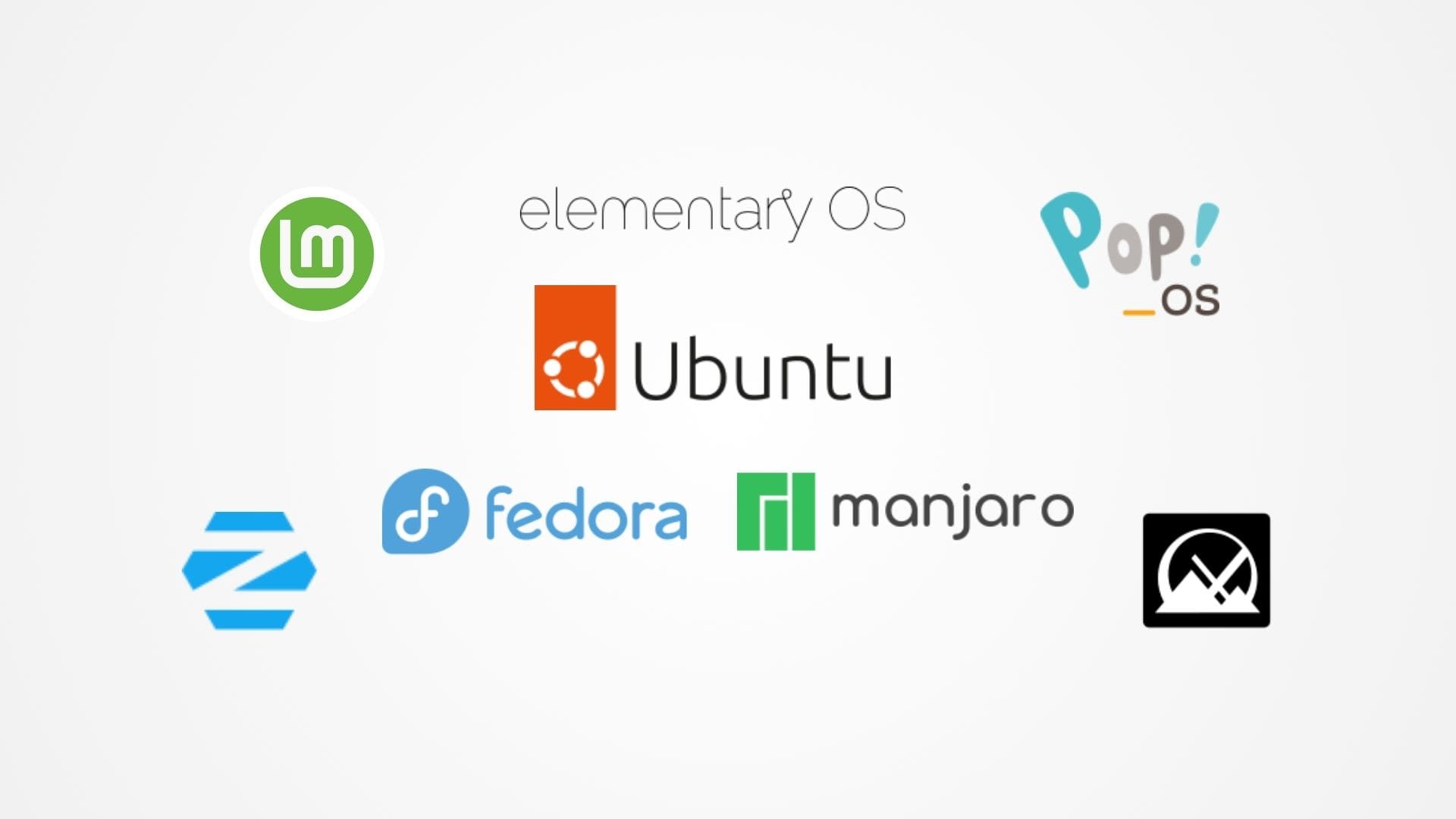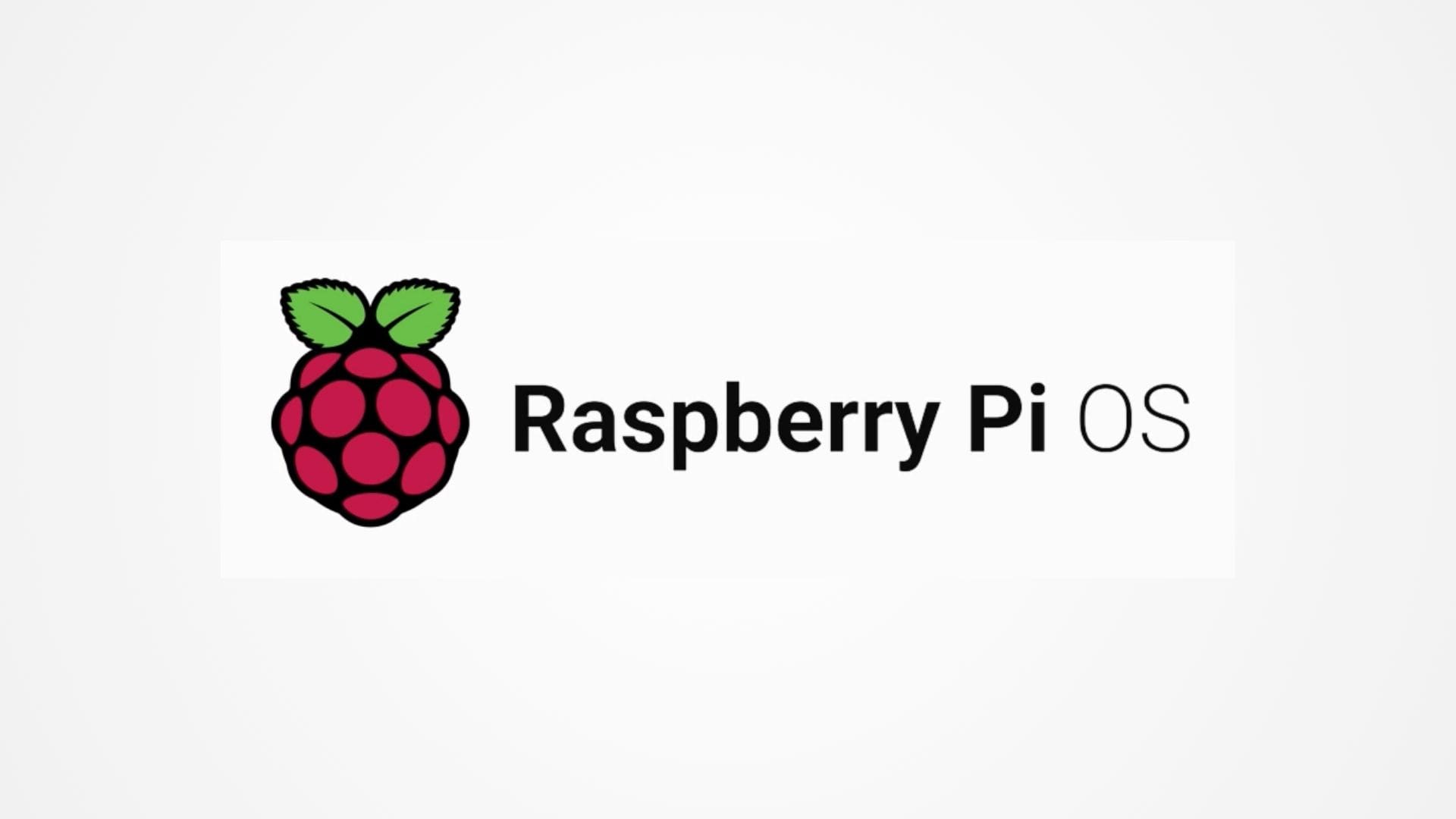In the age of information, data is often referred to as the new oil—a valuable resource that, when refined and processed, can yield immense benefits. However, unlike oil, data is abundant and continuously generated by almost every aspect of our lives. From the moment we wake up and check our smartphones to the transactions we make online, every action produces data. This constant stream of data has led to the emergence of a field known as data science, which is dedicated to extracting meaningful insights from raw data. But what exactly is data science, and why is it so important?
Defining Data Science
Data science is an interdisciplinary field that involves using scientific methods, algorithms, and systems to extract knowledge and insights from structured and unstructured data. It combines elements of statistics, computer science, mathematics, and domain expertise to analyze and interpret complex data sets. The ultimate goal of data science is to make data actionable—transforming raw information into insights that can guide decisions, predict trends, and solve problems.
At its core, data science is about understanding and leveraging data to create value. This can be in the form of optimizing business operations, predicting customer behavior, improving healthcare outcomes, or even enhancing sports performance. Data scientists, the professionals who specialize in this field, use a variety of tools and techniques to process and analyze data, making sense of patterns and trends that might otherwise go unnoticed.
The Components of Data Science
To truly understand what data science entails, it’s important to break down its key components. These components work together to form the data science process, which typically includes the following steps:
- Data Collection: The first step in any data science project is gathering data. This data can come from various sources, including databases, web scraping, sensors, social media, or even manual entry. The quality and quantity of data collected are crucial, as they directly influence the accuracy and reliability of the analysis.
- Data Cleaning: Once the data is collected, it often needs to be cleaned and preprocessed. Real-world data is messy—there can be missing values, duplicate entries, or inconsistencies. Data cleaning involves addressing these issues to ensure that the dataset is accurate and complete. This step is critical because the quality of the data directly impacts the outcomes of the analysis.
- Data Exploration: After cleaning, the data is explored to understand its basic characteristics. This step involves summarizing the data, identifying patterns, and detecting outliers. Data exploration often uses descriptive statistics and visualization techniques to provide an initial understanding of the dataset. This step helps data scientists formulate hypotheses and guide further analysis.
- Data Analysis and Modeling: This is where the real magic happens. Data scientists apply statistical methods, machine learning algorithms, and other analytical techniques to analyze the data and build models. These models can be used to predict outcomes, identify trends, or discover relationships within the data. For example, a data scientist might build a predictive model to forecast sales based on historical data.
- Data Visualization: After the analysis, the results need to be communicated effectively. Data visualization involves creating charts, graphs, and dashboards that present the insights in an easy-to-understand format. Good visualization is key to making data-driven insights accessible to non-technical stakeholders, ensuring that the insights can be acted upon.
- Data Interpretation and Decision-Making: The final step is interpreting the results and translating them into actionable insights. This involves understanding the implications of the findings and making recommendations based on the data. Effective interpretation requires not only technical skills but also domain expertise, as the data must be understood in the context of the specific problem being addressed.
The Role of a Data Scientist
A data scientist is a professional who is skilled in all aspects of data science, from data collection and cleaning to analysis and visualization. They are often described as “unicorns” because of the diverse skill set required—data scientists need to be proficient in programming, statistics, and machine learning, as well as have a deep understanding of the domain they are working in.
The role of a data scientist is to turn raw data into valuable insights. This requires not only technical expertise but also creativity and critical thinking. Data scientists must be able to ask the right questions, design experiments, and interpret results in a way that drives decision-making. They work closely with stakeholders to understand their needs and ensure that the data analysis aligns with business objectives.
In addition to technical skills, data scientists must also be effective communicators. They need to be able to present their findings clearly and persuasively, often to audiences that may not have a technical background. This requires the ability to simplify complex concepts and focus on the insights that matter most.
The Impact of Data Science
Data science is transforming industries across the globe. In healthcare, it’s being used to predict patient outcomes, personalize treatments, and even discover new drugs. In finance, data science helps detect fraud, manage risks, and optimize investment strategies. Retailers use data science to understand customer behavior, improve inventory management, and enhance the shopping experience.
The impact of data science is not limited to business. Governments and nonprofits are using data science to address societal challenges, from improving public health to tackling climate change. For example, data science is being used to model the spread of diseases, optimize resource allocation, and monitor environmental changes.
As more data becomes available and as computational power increases, the potential applications of data science continue to expand. This makes it an exciting and dynamic field with endless possibilities.
Data science is a powerful field that leverages data to generate insights and solve complex problems. By combining elements of statistics, computer science, and domain expertise, data scientists are able to turn raw data into actionable knowledge that drives decision-making across various industries. As we continue to generate more data every day, the importance of data science will only grow, making it a critical area of study and practice.
The Tools and Techniques of Data Science
To effectively perform data science, a variety of tools and techniques are employed, each suited to different tasks within the data science workflow. These tools help data scientists manage, analyze, and visualize data, enabling them to extract valuable insights and build predictive models. For beginners, understanding these tools is key to grasping the basics of data science and starting on the right path.
Popular Tools Used in Data Science
- Programming Languages:
- Python: Python is the most popular programming language in data science, known for its simplicity and versatility. It has a rich ecosystem of libraries like Pandas for data manipulation, NumPy for numerical computing, and Scikit-learn for machine learning. Python’s readability and extensive community support make it an ideal choice for beginners.
- R: R is another powerful language widely used in data science, particularly for statistical analysis and data visualization. It has a comprehensive collection of packages, such as ggplot2 for visualization and dplyr for data manipulation. R is often favored in academia and research for its advanced statistical capabilities.
- Data Manipulation and Cleaning:
- Pandas: Pandas is a Python library that provides data structures and functions needed to work with structured data. It allows for efficient manipulation of large datasets, making it easier to clean, filter, and merge data. Pandas is an essential tool for any data scientist working with Python.
- Excel: While often associated with basic data tasks, Excel remains a powerful tool for data manipulation, especially for smaller datasets. Its built-in functions, pivot tables, and ease of use make it a staple in many data science workflows.
- Data Visualization:
- Matplotlib and Seaborn: These Python libraries are widely used for creating static, animated, and interactive visualizations. Matplotlib is highly customizable and can be used to create a wide range of plots, while Seaborn provides a high-level interface for drawing attractive and informative statistical graphics.
- Tableau: Tableau is a leading data visualization tool that enables users to create interactive and shareable dashboards. It’s user-friendly and allows non-technical users to explore data visually, making it popular in business environments for data storytelling.
- Machine Learning and Statistical Modeling:
- Scikit-learn: Scikit-learn is a Python library that provides simple and efficient tools for data mining and data analysis. It supports various machine learning algorithms, including classification, regression, clustering, and dimensionality reduction. Scikit-learn is often the first choice for beginners looking to implement machine learning models.
- TensorFlow and Keras: TensorFlow, developed by Google, is a powerful open-source platform for machine learning and artificial intelligence. Keras, which runs on top of TensorFlow, is a user-friendly API that makes it easier to build and train deep learning models. These tools are widely used in advanced machine learning and deep learning projects.
The Data Science Process: A Step-by-Step Overview
Understanding the data science process is crucial for beginners, as it provides a structured approach to solving data-related problems. The process typically follows these key steps:
- Problem Definition: The first step in any data science project is to clearly define the problem you are trying to solve. This involves understanding the goals of the project, identifying the key questions to be answered, and determining what success looks like. This step is crucial, as it sets the direction for the entire project.
- Data Collection: Once the problem is defined, the next step is to collect the data needed to address it. Data can be gathered from various sources, including databases, APIs, sensors, or web scraping. It’s important to ensure that the data collected is relevant, accurate, and sufficient to answer the questions posed.
- Data Cleaning and Preparation: Raw data is rarely ready for analysis. Data cleaning involves handling missing values, removing duplicates, correcting errors, and ensuring consistency. Data preparation might also include transforming variables, normalizing data, and creating new features. This step is critical, as the quality of your data directly impacts the quality of your results.
- Exploratory Data Analysis (EDA): EDA is the process of exploring and visualizing your data to understand its underlying structure and identify patterns, trends, and relationships. This step helps you get a sense of what the data looks like and informs the selection of appropriate modeling techniques.
- Modeling and Analysis: After understanding the data, you can begin building models to analyze it further. This might involve statistical analysis, machine learning, or predictive modeling, depending on the problem at hand. The choice of model depends on the type of data and the specific goals of the analysis.
- Validation and Testing: Once a model is built, it needs to be validated to ensure that it performs well on unseen data. This step typically involves splitting the data into training and testing sets and evaluating the model’s accuracy, precision, recall, and other relevant metrics. Model validation helps prevent overfitting and ensures that the model generalizes well to new data.
- Visualization and Communication: The final step is to present the results of your analysis in a clear and compelling way. This often involves creating visualizations, such as charts and graphs, that highlight the key findings. Effective communication is crucial, especially when sharing insights with stakeholders who may not have a technical background.
The Growing Importance of Data Science
As we continue to generate more data each day, the role of data science is becoming increasingly important. Businesses across all industries are leveraging data science to gain a competitive edge, optimize operations, and enhance customer experiences. In healthcare, data science is helping to predict disease outbreaks and personalize treatments. In finance, it’s being used to detect fraud and manage risks. Even governments are using data science to improve public services and address societal challenges.
The growing importance of data science is reflected in the demand for data scientists. According to various reports, data science is one of the fastest-growing fields, with job opportunities expected to increase significantly in the coming years. This demand is driven by the need for professionals who can analyze and interpret complex data, build predictive models, and communicate insights effectively.
For beginners, this represents a significant opportunity. With the right skills and knowledge, you can enter a field that offers not only job security but also the chance to work on exciting and impactful projects. Whether you’re interested in business, healthcare, technology, or another industry, data science provides the tools and techniques needed to make a real difference.
Data science is a dynamic and rapidly evolving field that sits at the intersection of statistics, computer science, and domain expertise. It involves using various tools and techniques to extract insights from data, solve complex problems, and make informed decisions. For beginners, understanding the basics of data science is the first step toward a rewarding career in this field.
As you continue to explore data science, focus on building your skills in programming, statistics, data manipulation, and machine learning. With a solid foundation and a commitment to continuous learning, you can harness the power of data to drive innovation and create value in any industry.








